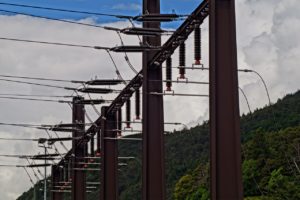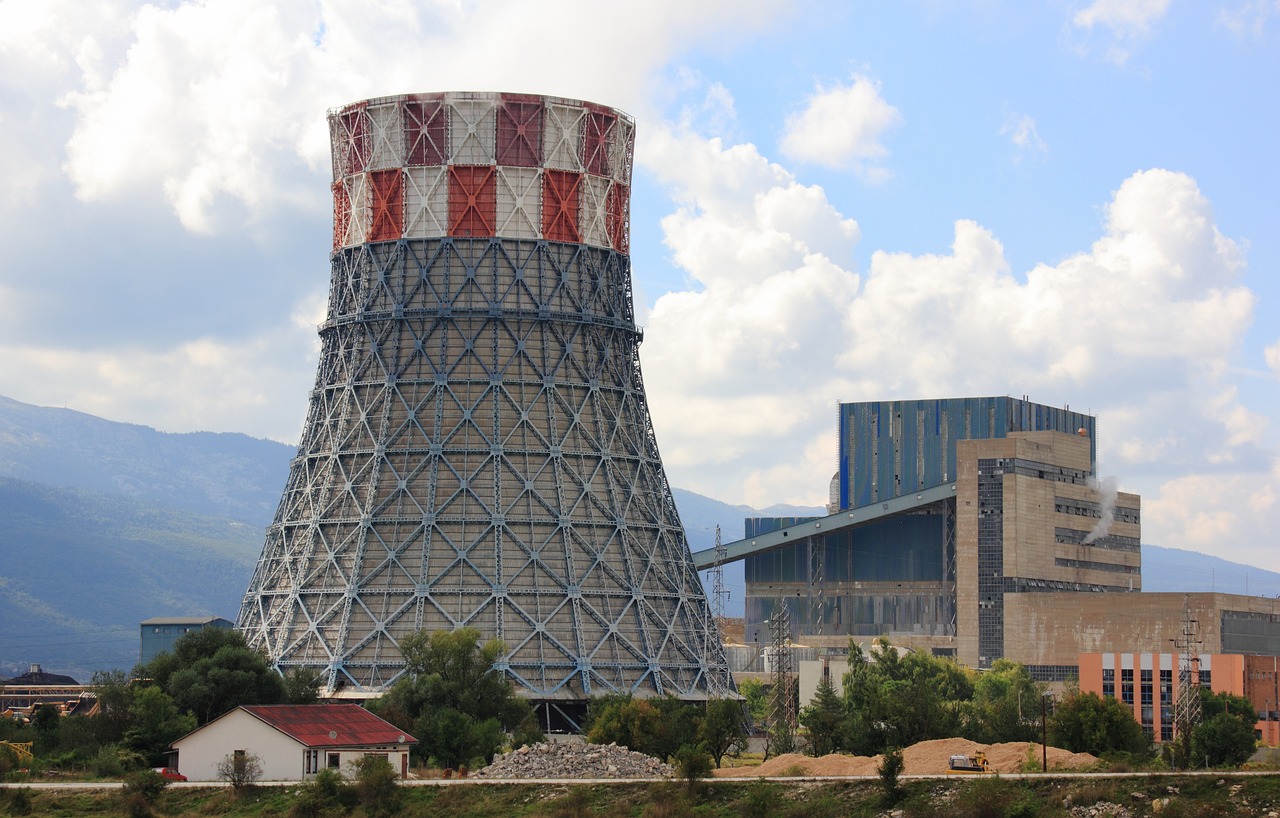Several years ago, Egypt experienced a terrible energy crisis. In 2013, for example, the country only produced 24,000 megawatts of electricity—much less than the 29,000 megawatts it needed.
In 2014, the demand for power dwarfed supply by more than 15 percent, leading to nationwide blackouts lasting multiple hours several times a day. Not only did this reduce many Egyptian’s quality of life, but it also threatened their health and safety by temporarily shutting down hospitals.
While some suspect that terrorist attacks on the country’s infrastructure played a role in the crisis, the blackouts were already a problem when the attacks in question occurred. In fact, much of the reasons for the energy crisis stemmed from Egypt’s growing population and the unprecedented summer heat that simply overwhelmed the power grid as people tried to cool their homes.
This energy crisis spurred major investments in the country’s power infrastructure. Foremost among these is the Siemens megaproject.
Siemens’ Megaproject
 Siemens has long had a place in Egypt’s energy network; in fact, the company first began operations there in 1859. It is currently at work on an enormous power plant project that, upon completion, is slated to contribute 45 percent more power to the country’s capacity.
Siemens has long had a place in Egypt’s energy network; in fact, the company first began operations there in 1859. It is currently at work on an enormous power plant project that, upon completion, is slated to contribute 45 percent more power to the country’s capacity.
At a price of $9 billion, this project is Siemens’ largest-ever single order. The project, which commenced in 2015, involves the construction of three combined cycle power plants: one at Burullus, one at New Capital, and one at Beni Suef. Altogether, the capacity of these three plants will exceed 14 gigawatts, thus making it the world’s largest combined-cycle power station that runs on natural gas.
In addition to these three plants, Siemens will build 600 wind turbines across 12 wind parks. It will also construct six substations to transport the energy from the plants to Egyptian communities.
Combined Cycle Power Plants
All the plants are combined cycle, which means they use both gas and steam turbines. Fuel will power the gas turbines, and the heat exhaust from the gas turbines will power the steam turbines. This means that the plants can produce up to twice as much power using the same amount of fuel. Eventually, each plant will be able to generate 4.8 gigawatts.
The beauty of a combined cycle power plant is that it reduces operating costs as well as carbon emissions. Some estimates report that this could save Egypt more than $1 billion every year in natural gas expenses.
Substations
 Once the plants generate power, six substations will deliver the energy to the nation’s electrical grid. These facilities, which will have a 500 kilovolt capacity, will consist of transformers, gas-insulated switchgear (GIS), and control and protection equipment.
Once the plants generate power, six substations will deliver the energy to the nation’s electrical grid. These facilities, which will have a 500 kilovolt capacity, will consist of transformers, gas-insulated switchgear (GIS), and control and protection equipment.
Burullus and New Capital Plants
When complete, the Burullus plant with have eight gas turbine generators, eight heat recovery steam generators, four turbine generators that operate on steam power, four water cooling towers, and four condensers. The water cooling towers will be fed by seawater, and there will be a water treatment plant on site.
Set on an area encompassing almost 900,000 square yards, the New Capital power plant will be similar in structure to the Burullus plant. It should begin operation in 2018.
Beni Suef
Located in southern Egypt, Beni Suef is the most developed of the three-part plant complex. Four gas turbines are on site, two of which have been placed in foundations. Six generator transformers are also in their foundations.
Building the Plants
The project reached a milestone recently with completion of its first phase. Just 18 months after construction began, the Siemens project was able to connect almost 5 gigawatts of capacity to the country’s power grid, bringing power to 15 million citizens.
During the first phase of construction, 24 ships transported over 1 million tons of materials to the building sites. This included more than 740,000 cubic meters of concrete, almost 50,000 tons steel, and over 1,800 miles of electrical cables. Completion of this phase took nearly 3.7 million hours of labor every month, and more than 16,000 employees helped to manufacture the project’s major components.
Creating Jobs
Siemens will also be training a large local workforce to operate these power plants and substations. The chosen workers will travel to Germany for a rigorous training at the Siemens Gas Turbine Training Center. To date, 50 of the 600 trainees have completed their first phase of training.
A Bright Power Future
Siemens’ megaproject in Egypt is expected to contribute to a summer without power cuts for the entire country. With the help of these power plants and other energy efforts, like the development of a nuclear plant, the country’s energy future is looking bright.

